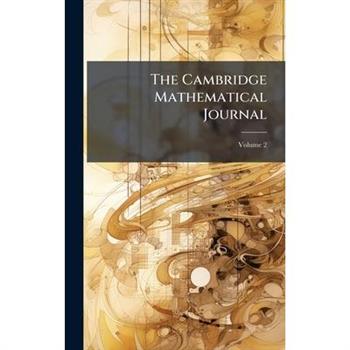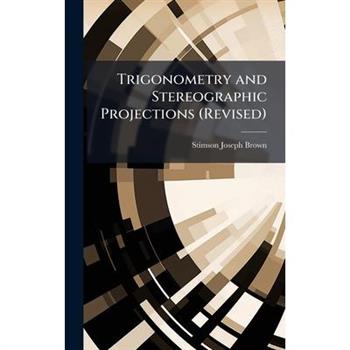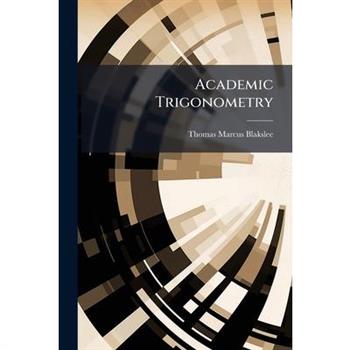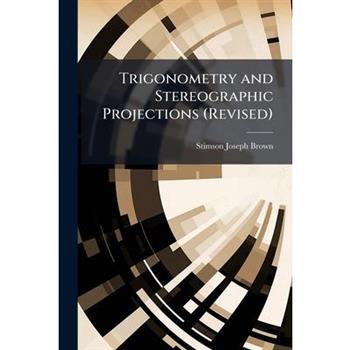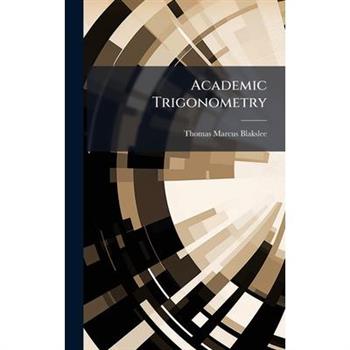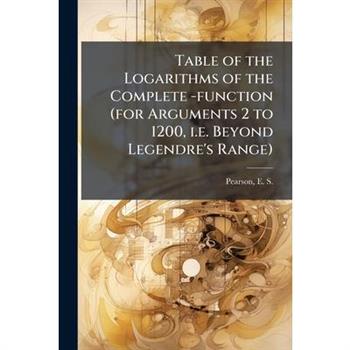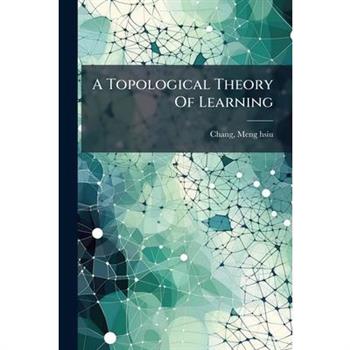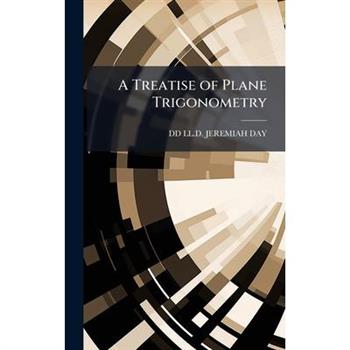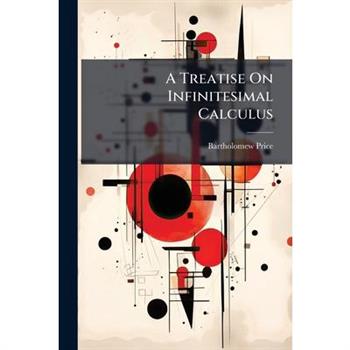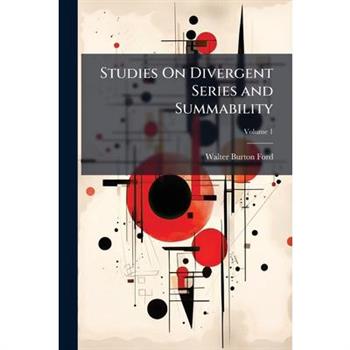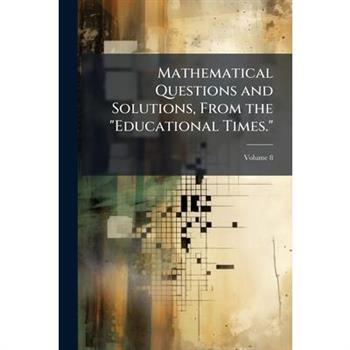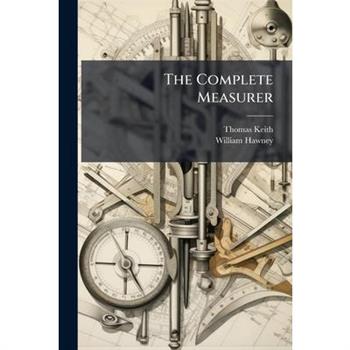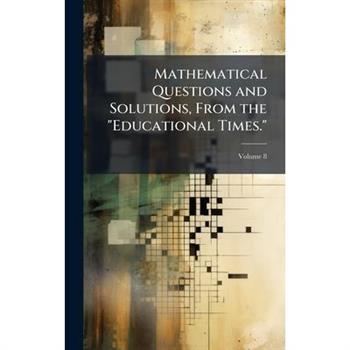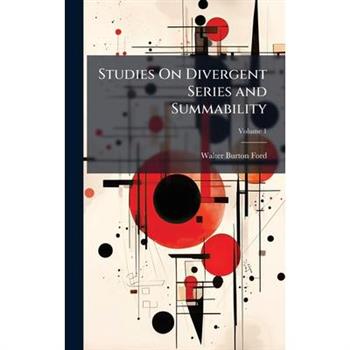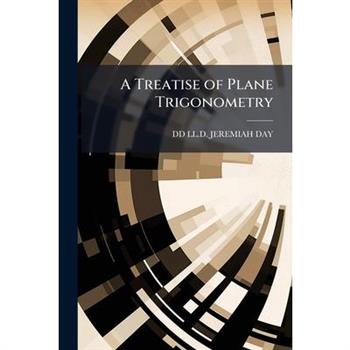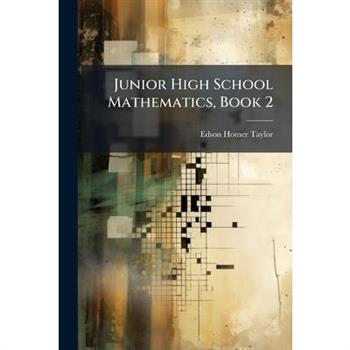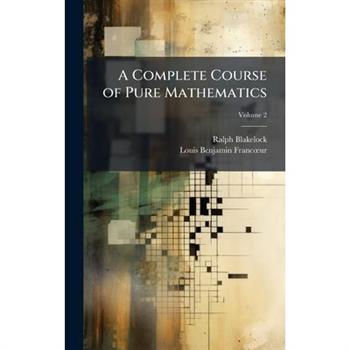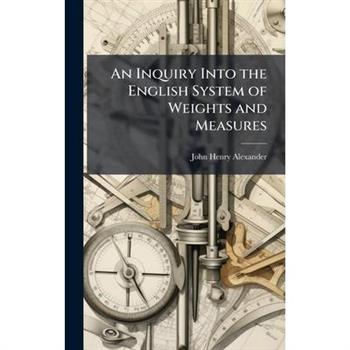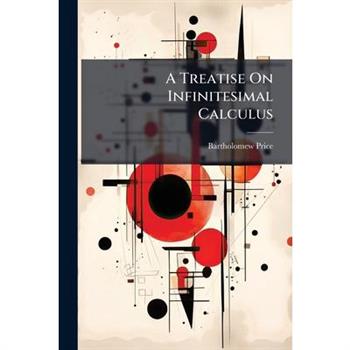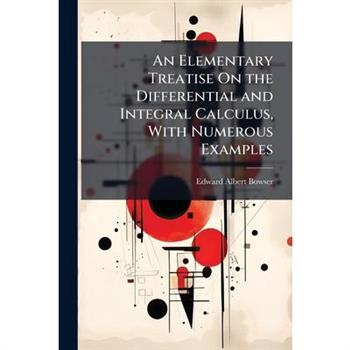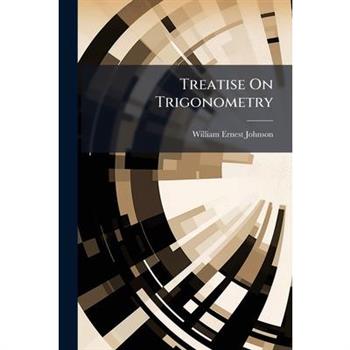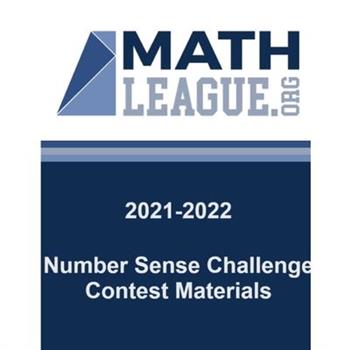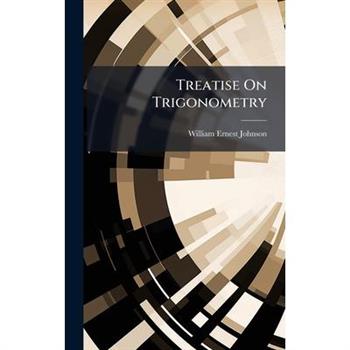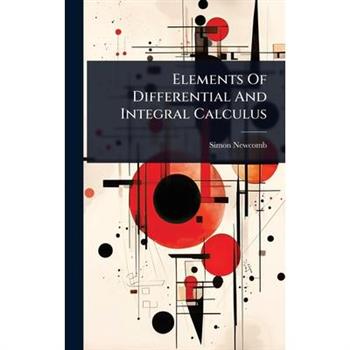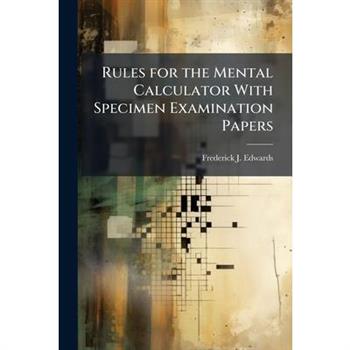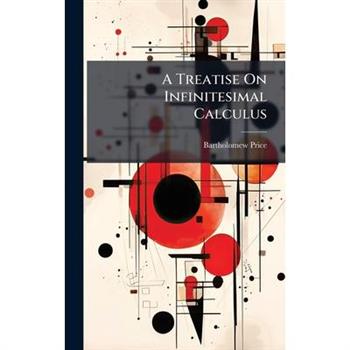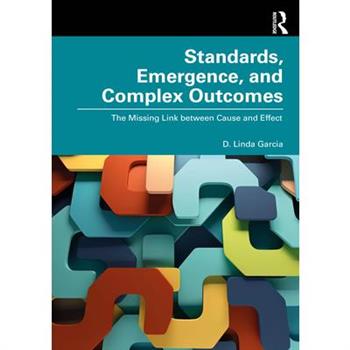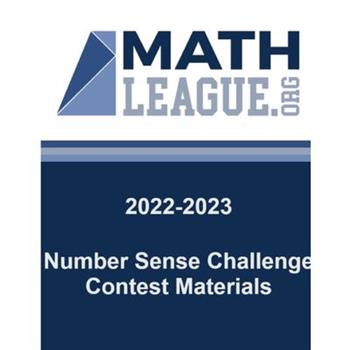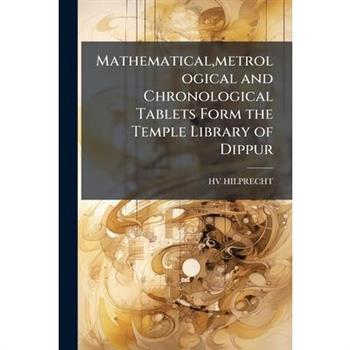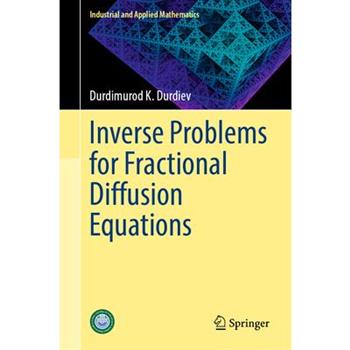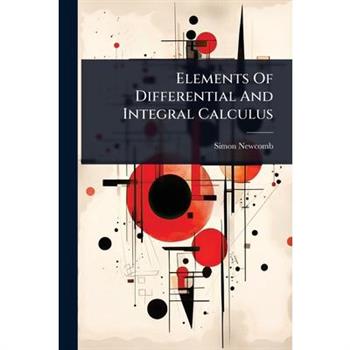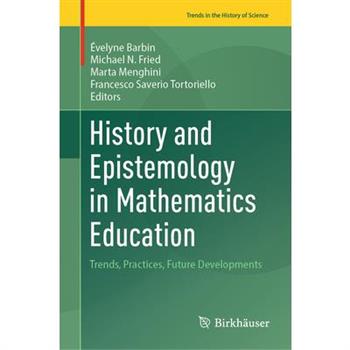Trigonometry and Stereographic Projections (Revised)
A Companion to Wrigley’s Collection of Examples
Trigonometry and Stereographic Projections (Revised)
A Companion to Wrigley’s Collection of Examples
sona nasin pi nanpa Okitonon - mI’tatmey meqQeD
Standards, Emergence, and Complex Outcomes
Standards, Emergence, and Complex Outcomes redefines how we think about standards, framing them as interfaces that govern interactions and connect causes to their effects. Expanding beyond traditional technical and geopolitical discussions, Garcia introduces a fresh theoretical perspective that positions standards as central to understanding complexity. From food safety and workplace regulations to standardized parts in manufacturing and our reliance on technology, standards shape nearly every aspect of modern life.By proposing a multidimensional approach, Garcia argues that standards are the mechanisms driving change, complexity is the backdrop for this change, emergence is the process by which change unfolds, and evolution is its ultimate outcome. Each chapter explores key elements of complexity theory and supports them with compelling historical and empirical examples, providing a richly detailed narrative that deepens understanding.This book is an essential resource for academics and students across the social sciences, policymakers shaping standards-dependent fields, and professionals in industries where standards dictate progress. Whether you're exploring the intersections of technology, governance, and complexity or looking to better navigate the systems shaping our world, this book offers vital insights into the pivotal role of standards in our increasingly interconnected society.
History and Epistemology in Mathematics Education
This book explores the evolving relationship between the history and epistemology of mathematics and mathematics education over the past fifty years. Beginning with the international movement that emerged in the 1970s, it celebrates the enduring and expanding role of historical and epistemological perspectives in shaping teaching practices. Organized into seven thematic sections, the volume examines core issues such as how historical and epistemological insights enhance understanding of mathematical concepts, interdisciplinarity as a tool for teaching, and innovative approaches to teacher training. It also delves into the use of historical problems, ancient texts, and textbooks as teaching resources, alongside an analysis of the social and political dimensions of mathematics education. Special attention is given to the impact of the "modern mathematics" reform and its legacy in rekindling interest in the history of mathematics in education. Featuring contributions from diverse geographical and historical contexts, this book is an essential resource for teachers, researchers, and anyone passionate about the rich interplay of history, epistemology, and mathematics.
An Introduction to Discrete Mathematics
An Introduction to Discrete Mathematics offers an engaging and accessible introduction to discrete mathematics for beginning undergraduate students across a wide range of application areas, from mathematics to statistics, operations research, business, engineering, and the sciences. It provides solid foundation in precise proof writing methods, with early chapters introducing set theory and logic that are followed by deductive and inductive proof techniques, number theory, counting principles, permutations and combinations, probability of events, random variables, graphs, and weighted graphs. The book illustrates fundamental concepts in discrete mathematics with clear and precise definitions that are paired with examples and counter-examples as applied in combinatorics, discrete probability, and graph theory. Chapters include student exercises to enhance learning, and a solutions manual and example questions are available for instructors on a companion website.




